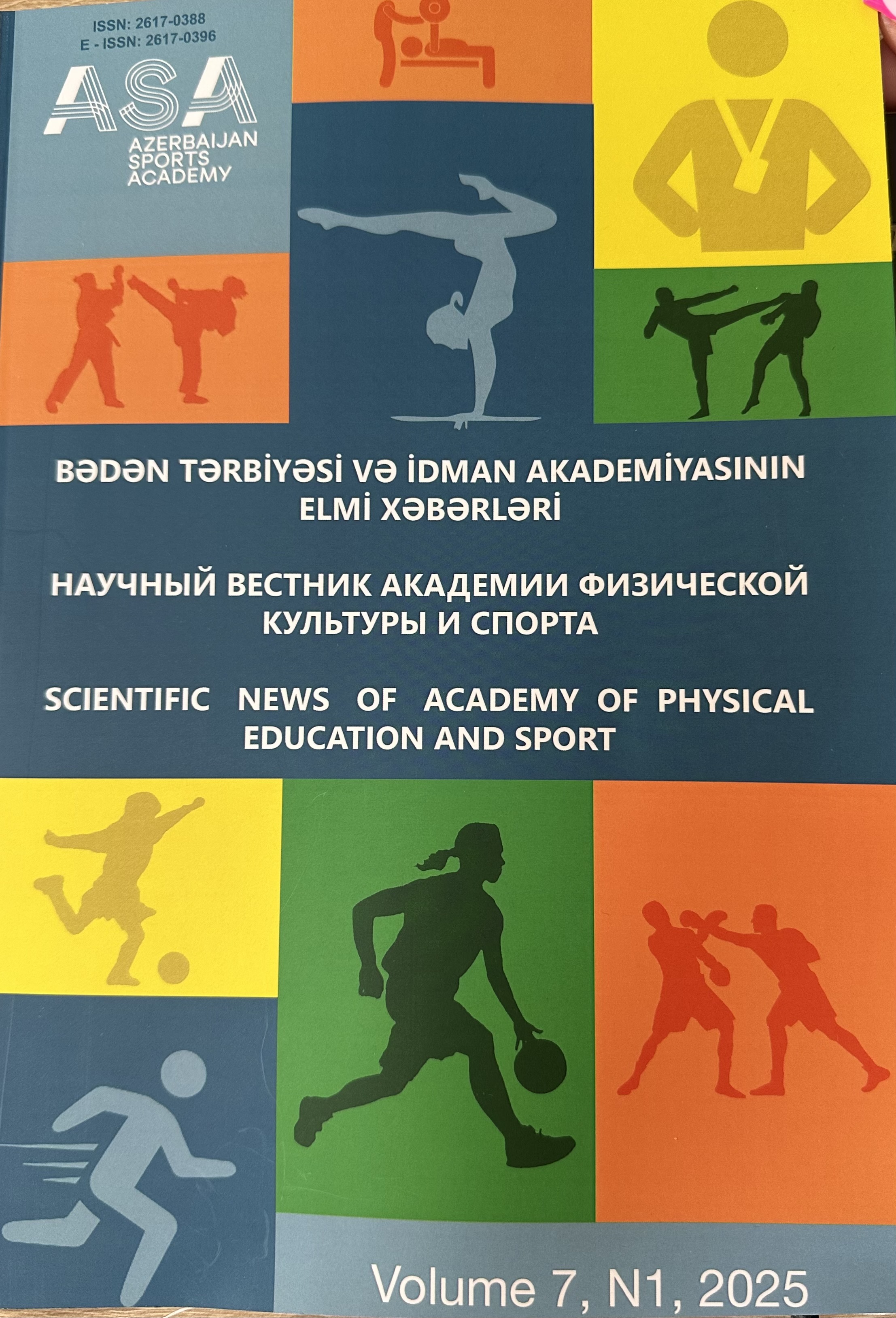
THE ROLE OF ANABOLIC STEROIDS IN THE LIVES OF ATHLETES
Abstract
Anabolics are various chemical substances that enhance biosynthetic processes in the body, particularly protein synthesis. Their general pharmacological mechanism of action is aimed at increasing catabolism and energy processes in the human body. Due to an increase in the number of erythrocytes, cellular respiration and the oxygen transport function of the blood also improve. Unlike corticosteroids, anabolic steroids reduce the formation of platelet clots in capillaries and decrease blood coagulation, which can hinder microcirculation during intense physical activity. Athletes taking anabolics, especially weightlifters, may develop edema, particularly Cushing's edema. With maximum anabolic steroid intake, athletes exhibit unexplained aggression and increased irritability. If adolescents take anabolic steroids during puberty, their intellectual self-regulation level moderately decreases. There are optimal dosage levels for steroid intake. The number of receptors that bind anabolic substances is limited, and once saturated, excess drugs cause complications in the body. When using steroids, the daily caloric intake should be between 4000–7000 kcal. To enhance catabolism, athletes should engage in intense training. The simultaneous intake of multiple steroids is not recommended. Preference should be given to steroids administered via intramuscular injection.
References
Всемирный антидопинговый кодекс, версия 3.0. Подред. Н.Д. Дурманова. М.: Советскийспорт. 2003. c.172.
Платонов В.Н., Олейник С.А. Допингииэргогеническиесредства. Киев, 2003, c.307.
Сейфулла Р.Д., Анкудинова И.А. Допинговый монстр. М.,1996, c. 68.
Сейфулла Р.Д. Спортивная фармакология. Справочник, М.: Московская правда, 1999, c.11, 34-45.
Сейфулла Р.Д., Орджоникидзе З.Г., Рожкова Е.А. Лекарстваи БАД в спорте. Практическое руководство. М.: Литтера, 2003, 320 с.
Сейфулла Р.Д., Рожкова Е.А., Родченков Г.М. Допингивспорте. Экспер. и клин. фармакол. 2006, № 6, c.68-73.
Сейфулла Р.Д., Орджоникидзе З.Г., Рожкова Е.А., Дружинин А.Е. Стратегическиеи тактические средства при фармакологической подготовке спортсменов высокой квалификации. Тез. к докл. на ХV Росс. нац. конгрессе «Человекилекарство». М., 2008, с.698.
Семенов В.И., Антошечкин А.Г. Проблема допингов на порогенового века. Спорт, медицина и здоровье. 2001, с.48-50.
Соколов Я.А., Емельянов Б.А., Шпанов В.И. Допинговый анаболический синдром. Спорт, медицина, здоровье. М. (2), 2001, с. 18.
Родченков Г.М. Новые подходыв борьбе с применением допинга в спорте. Тез. к докл. на III съезде фармакологов России «Фармакология-практическому здравоох-ранению». СПб, 2007, с. 1920.
Родченков Г.М. Особенности борьбы с допингом на заключительном этапе подготовки к Олимпийским играм в Пекине. Тез. к докл. на ХV Росс. нац. Конгрессе «Человек и лекарство». М., 2008, с.698.
Bahrke M.S., Yesalis CD.E. et al. Psychological and behavioural effects of endogenous testosterone and anabolic-androgenic steroids At update. Sports Med. 1996, vol. 22 (6), pp. 367-390.
Hoberman J.M. Testosterone dreams: rejuvenation, aphrodisia, doping. John Hoberman. Berkeley [etc.]: Univ. of California press, Cop. 2005, 381 с.
Holmberg D. Physiologycal responces of exercise intensity-related effects of anabolic steroids and serum b-endorphin levels during a graded exercise test to exhaustion. Acta Physiol. Scand. 0151, 2003, Suppl.
, pp. 260-266.
Honrath W.L., Wolff A., Mello A.F. History of testosterone derivates synthesis and its metabolism in microsomal fraction in rats liver. Steroids. 2003, vol. 783, pp.8-10.

